25th September 2025
An opinion by Dr. Aniko Fejes, Team & Collaboration Lead at EIT Health Austria.
I am always looking for the next intersection or perspective that might be useful for health innovation. Cross-border and cross-industry initiatives are basically my daily bread. So, it is actually not even completely out of the ordinary for me to spend a day in a run-down industry building, surrounded by art installations, theatrical performances and 1472 expressive artists from 83 countries. What IS unusual is that the ARS Electronica in Linz decides to give me – a healthcare professional – a name tag labelled “artist”. Wow. I couldn’t help but smile. It felt powerful. Speaking of looking for new perspectives… I instantly found one. And it felt very personal.
Am I an artist? It doesn’t feel like it considering the typical topics of my institute EIT Health Austria, like AI in healthcare, digital health applications, the European Health Data Space, and so forth. As I prepared for a panel on the pairing of health and art, I wondered: maybe being a health innovator and an artist aren’t so different after all? The line between health innovation and art might be blurrier than we think. Maybe connecting those worlds more deliberately from both sides is exactly what we need right now to address the growing challenges in healthcare?
Take Jill Sonke, a U.S. Cultural Policy Fellow at Stanford University and former ballerina. For decades, she has worked as a dancer-in-residence at the University of Florida Health (UF Health) Shands Arts in Medicine programme, using movement therapy to help high-pain hospital patients. Her stories were striking: patients being able to reduce pain medication significantly through simple, guided movement with a professional dancer.
Then there was Andreas Leithner, Head and Chair of Orthopaedics and Trauma of the Medical University of Graz who spoke about the significance of the use of colours and art in hospital environments, which showed positive effects for patients – such as reduced medication needs – and for hospital staff. A room of sterile whites and steel feels very different from one infused with deliberate playfulness.
Japanese architect Kyoko Kunoh showcased her designs for a children’s hospital, where animal shapes and visual surprises help take away the fear, the panic of a sick child that needs to enter a hospital room to see a doctor. These are not decorative afterthoughts – they are integral to the healing process. And, in my opinion, these are crucial interventions.
And yet, as Jill Sonke reminded us, it took U.S. clinics nearly 30 years to take art seriously as part of patient recovery.
Austria cannot afford to wait that long. Our health services are in dire need of radical transformation. Not incremental change. Not patchwork fixes. But a fundamental reimagining – one that ensures sustainability, accessibility, and above all, puts patients at the very heart of care. We are tasked with rebuilding the plane while it is still flying. Nevertheless, we need a paradigm shift. From volume to value. From reactive treatment to proactive prevention. From siloed systems to integrated, intelligent care.
This meaningful collision encounter of healthcare and the arts at the ARS Electronica, one in which present artists, like medical literacy advocate Špela Petrič from Slovenia, showed clearly that art and design are not just an afterthought to beautify an almost final concept. They have their own innovation capacity inside the systemic change that our healthcare environment needs. And, in my opinion, we also need them desperately as storytellers, designers and educators to help us accelerate the adoption of new tools and boost digital health literacy for everyone. Only then can AI-powered health solutions that I am surrounded with in my daily work life realise their full potential. Because let’s be clear: technology alone will not save our healthcare system. It is the human-centred application of these tools – grounded in empathy, equity, and literacy – that will deliver lasting impact.
But there is no reason to PANIC – this year’s ARS Electronica motto, by the way. There are pioneering organisations, universities and businesses in Austria that are up for that challenge. What we need now is courage: to see art and the creative industries not as an accessory, but as an EQUAL driver of innovation itself. Only then we can create a healthcare system that is not only technologically advanced but also deeply connected to society and human at its core.
I was one of 122,000 visitors of the conference. When I saw “artist” printed on my speaker’s name badge, it did something with me. It felt like a small but powerful symbol of what is possible when we break down silos. My hope is that one day, we will invite artists to our healthcare conventions and hand them a name tag labelled “innovator”, so that it feels for them as open, collaborative, and imaginative as ARS Electronica in Linz felt for me. That is the kind of environment where transformative change can begin.
///
“The Future of Arts & Health Industry Encounters”: EIT Health Austria’s engagement at ARS Electronica
EIT Health Austria joined ARS Electronica as a part of a collaboration activity with the Ludwig Boltzmann Gesellschaft, EIT Culture & Creativity and Bayern Innovativ. The goal was to discuss in a panel with Georg Russegger, Rania Islambouli, Miriam Kathrein, Matthias Konrad and Aniko Fejes the ways in which medical professionals and artists interested in medical technologies, medical data, and healthcare can shape cross-disciplinary collaborations by designing spaces and co-creation processes in which both worlds can meet to reimagine the health sector. Bringing in different views on what drives these collaborations, the panel reflected on current frameworks that make them possible, as well as future frameworks that could help them thrive. See recording here.
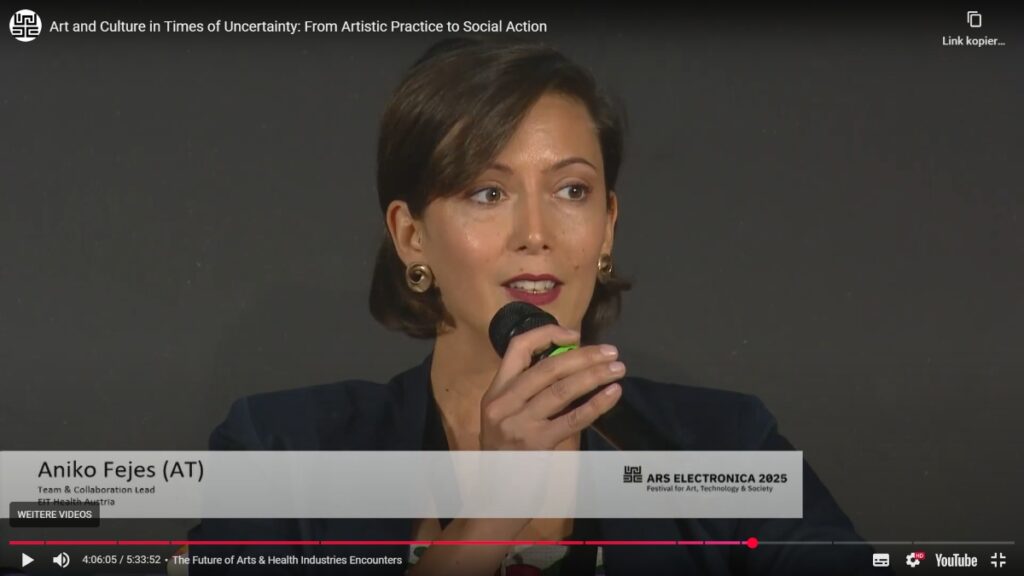
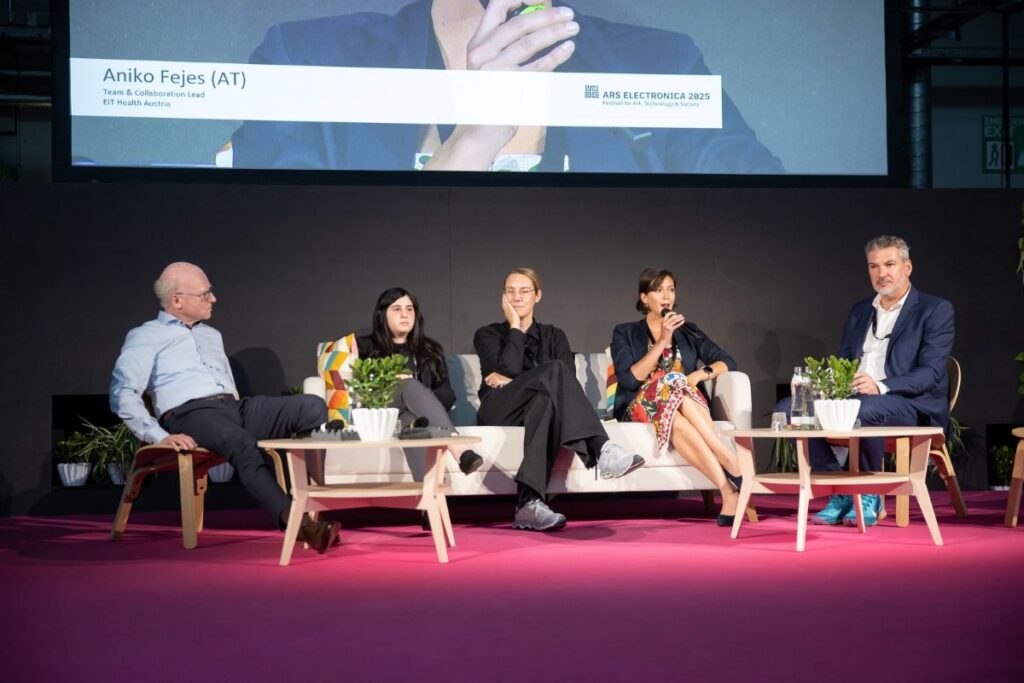
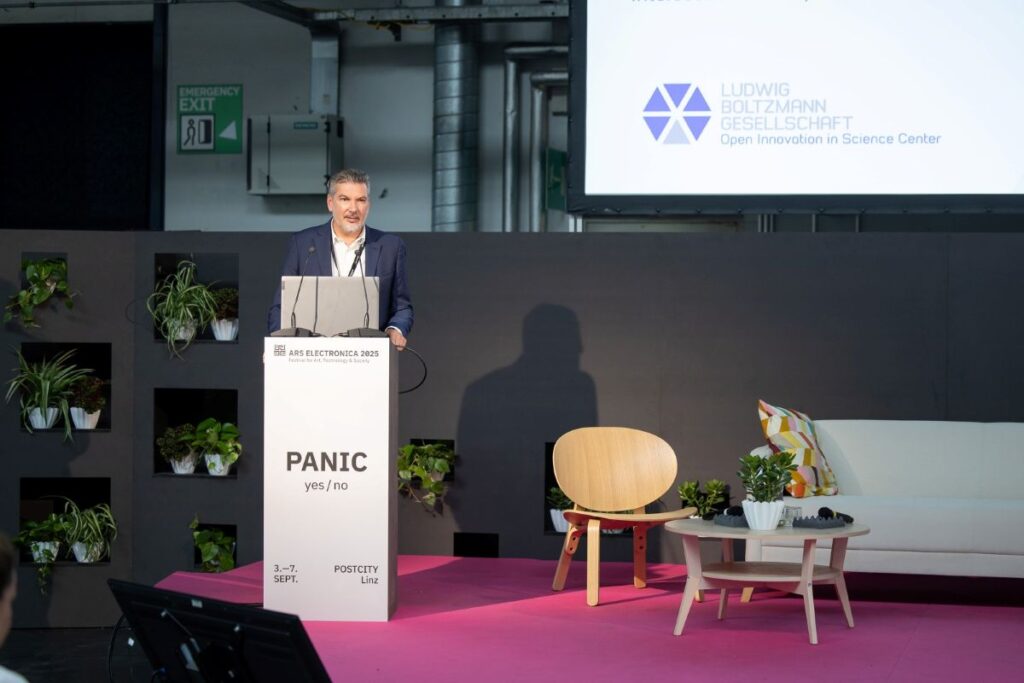
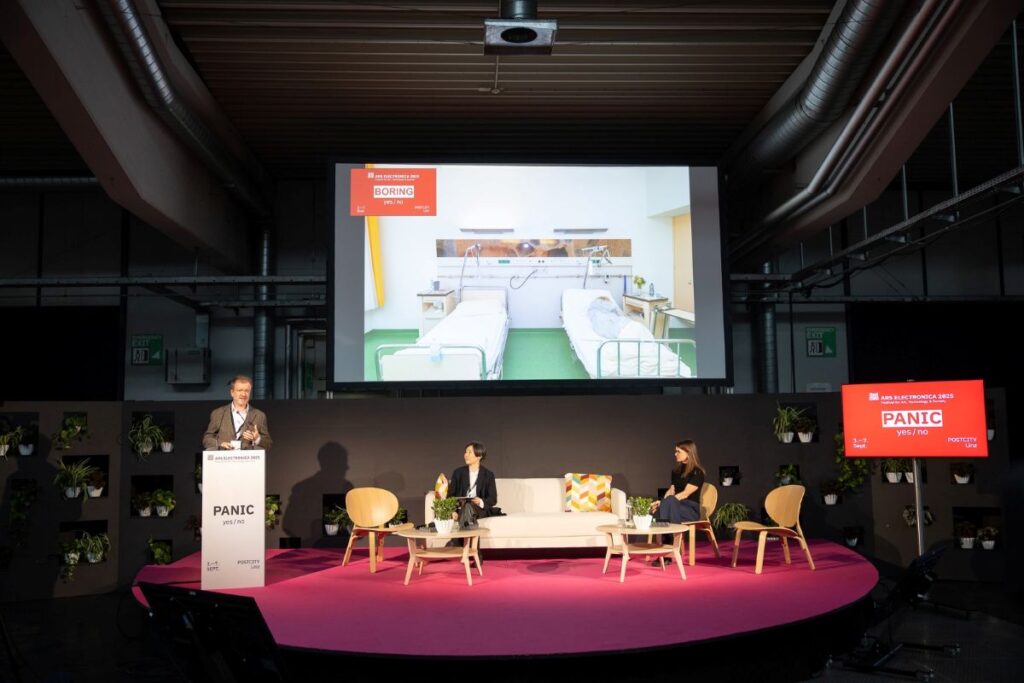
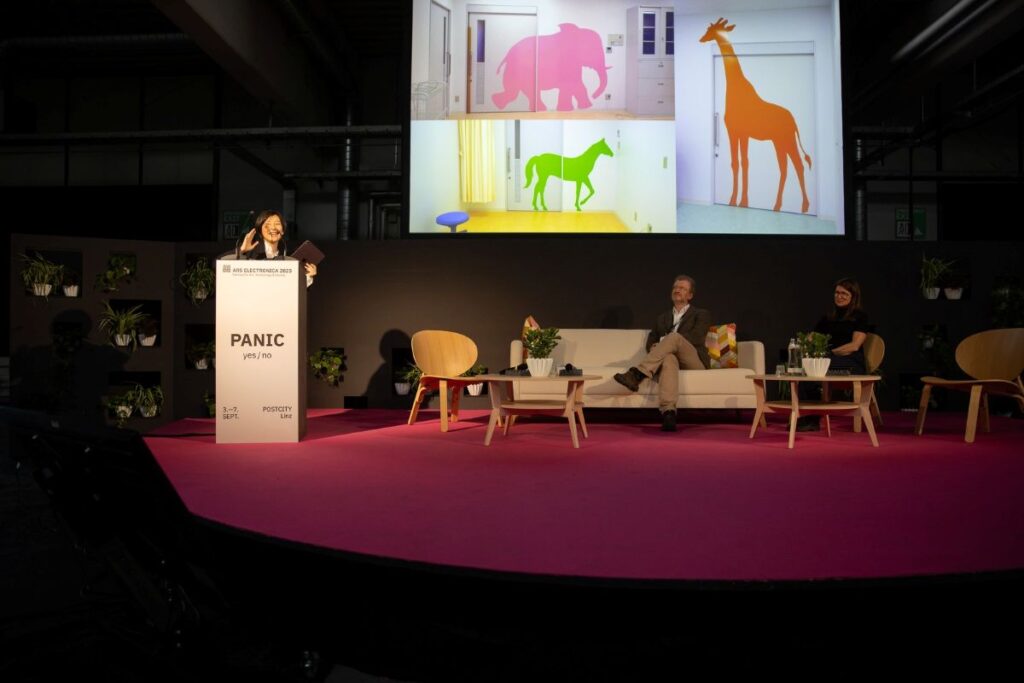
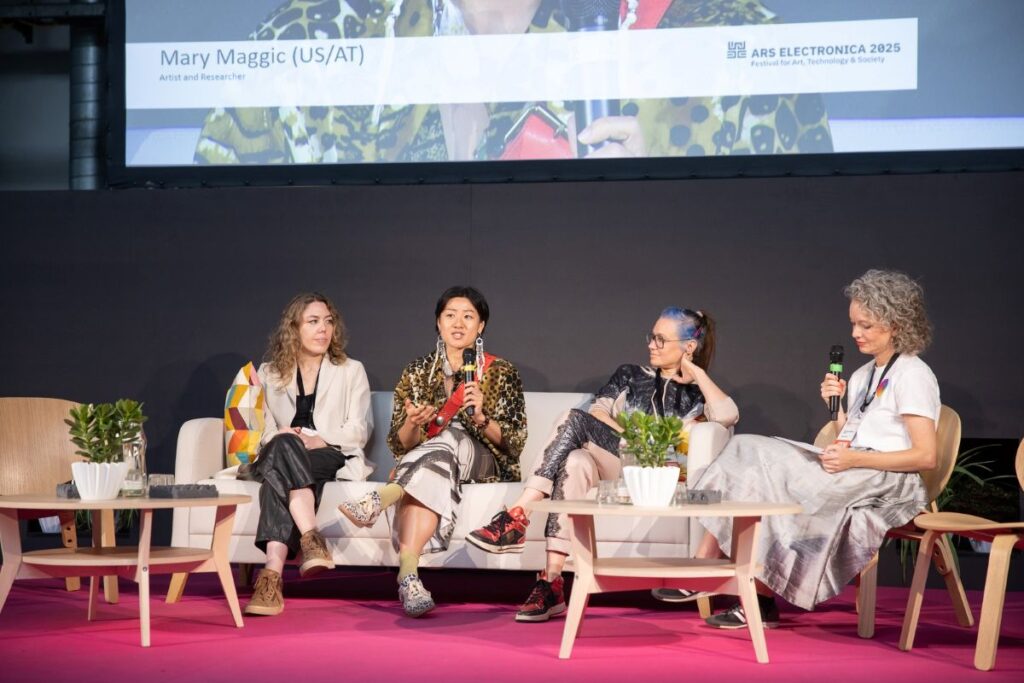
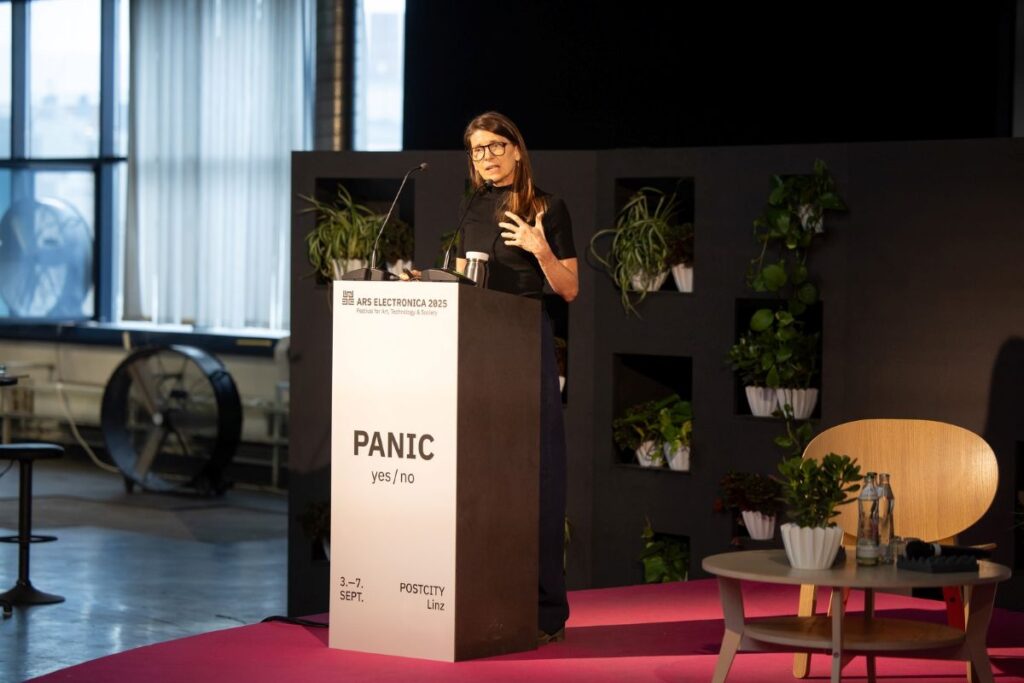
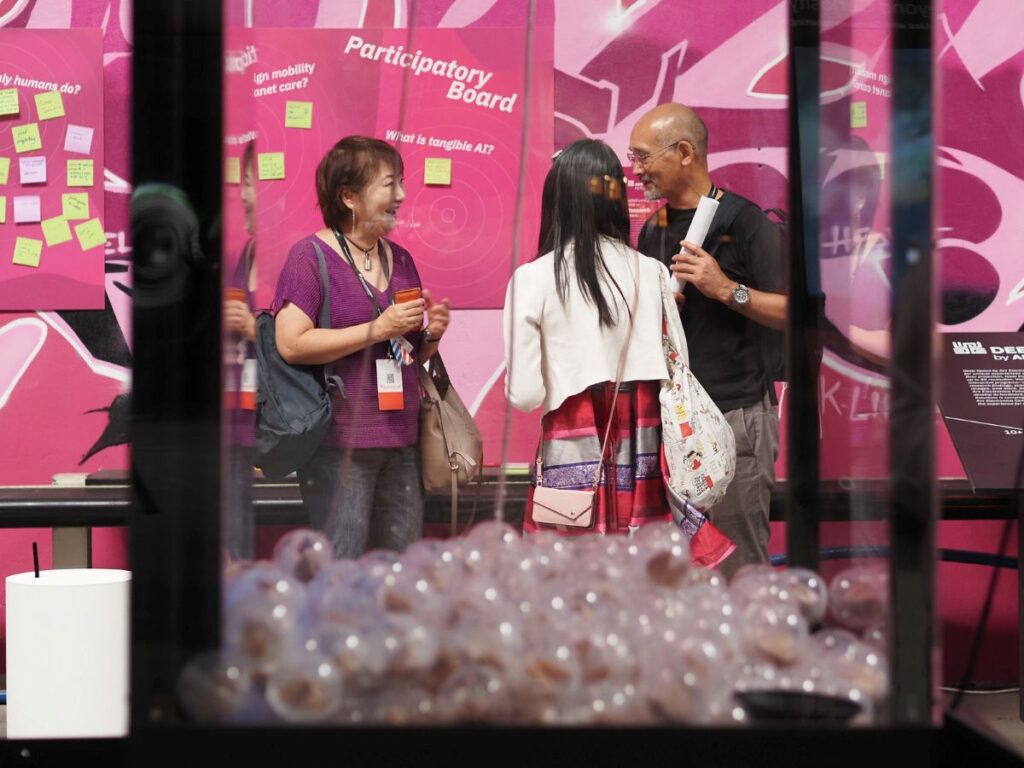
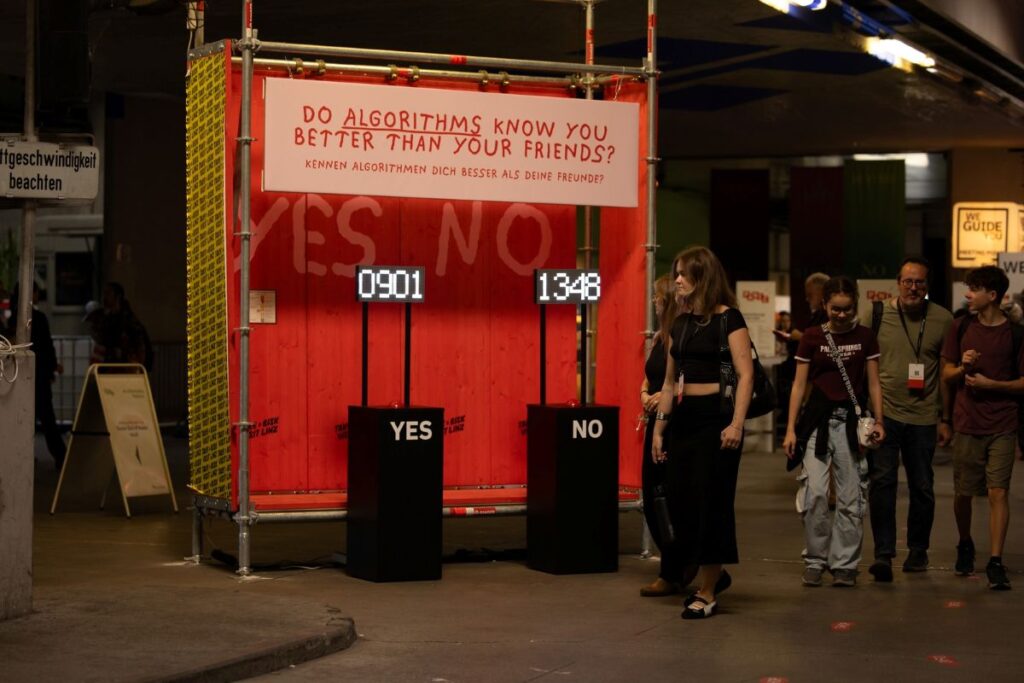
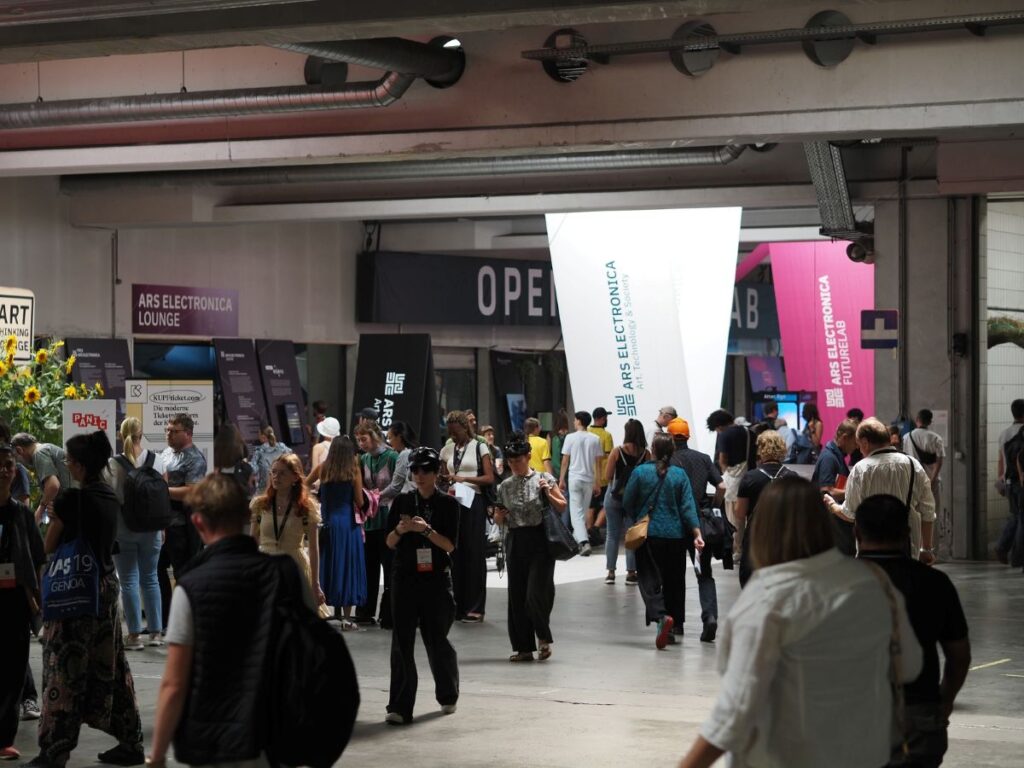
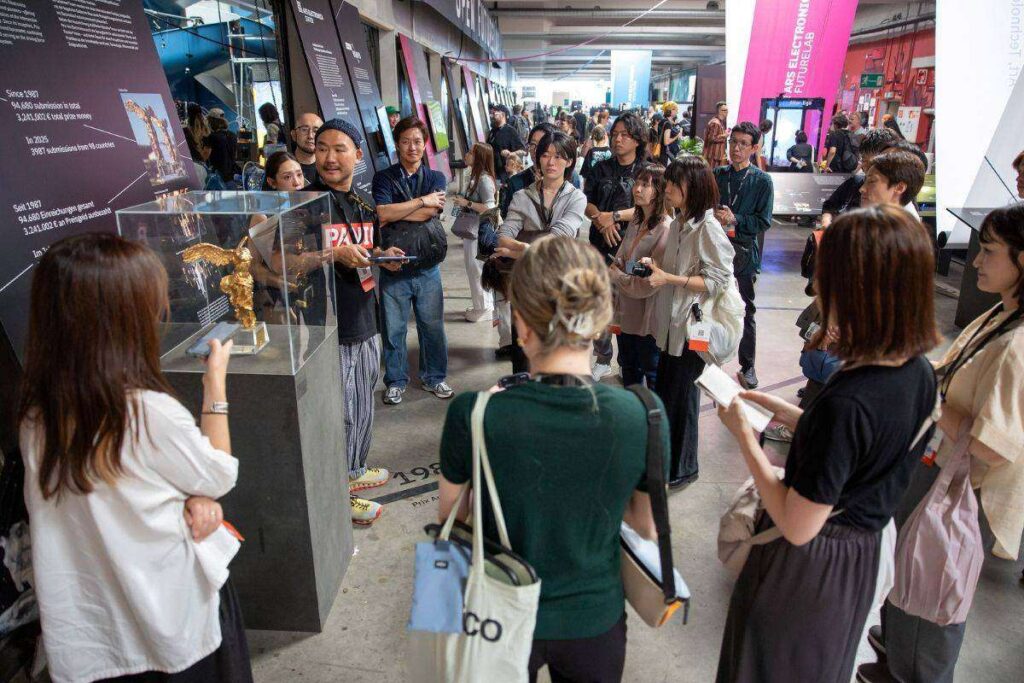
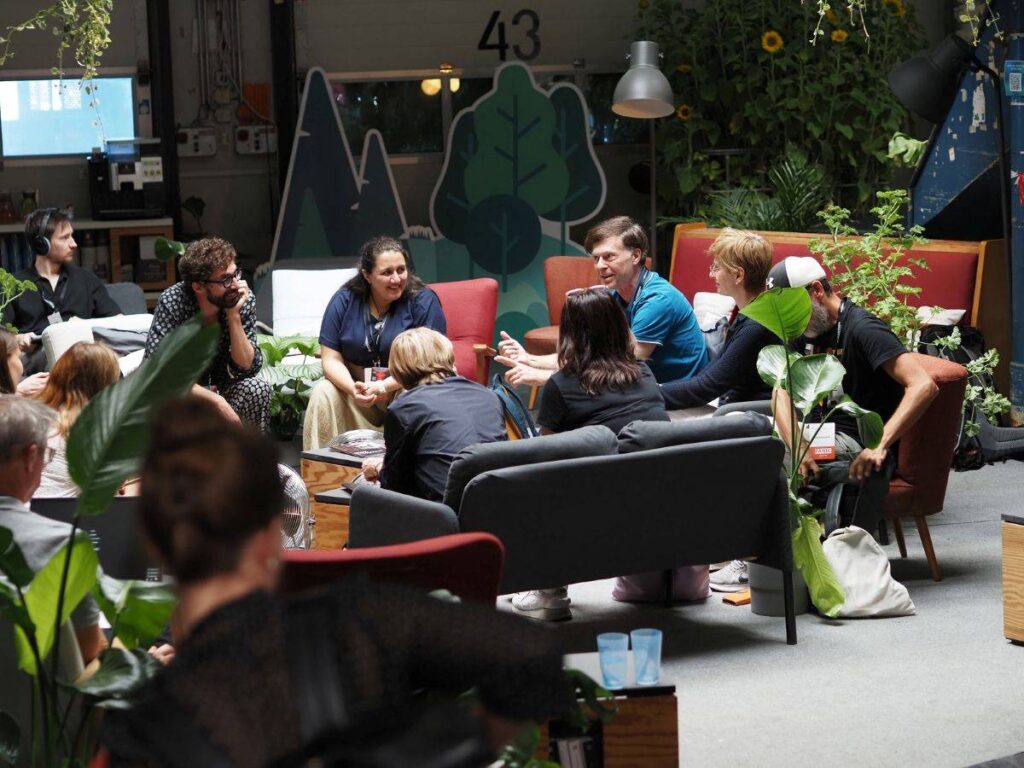
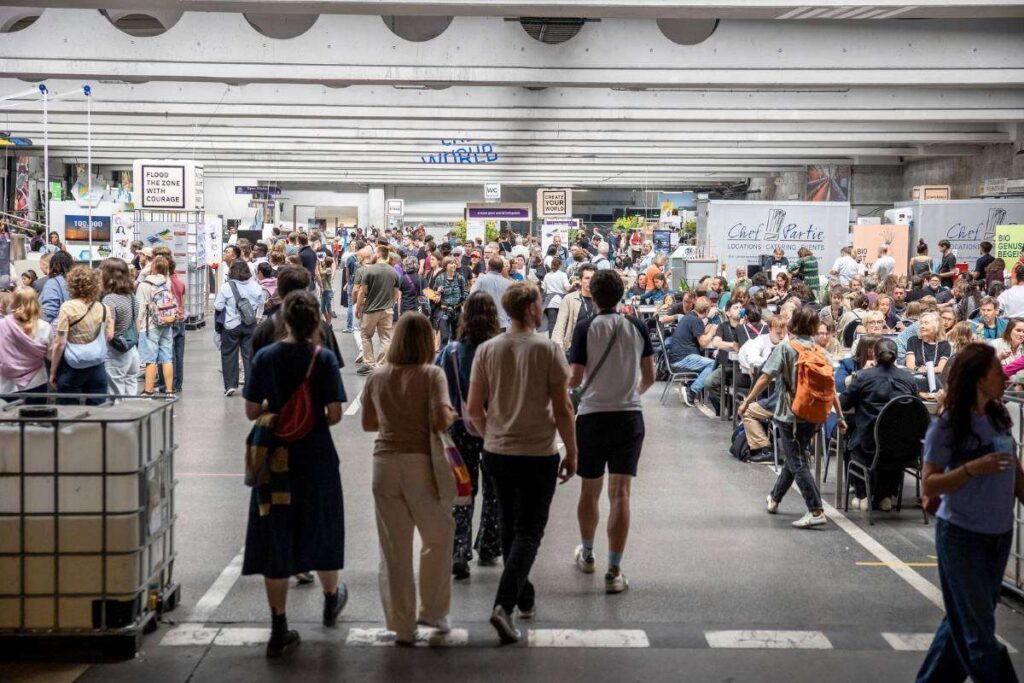
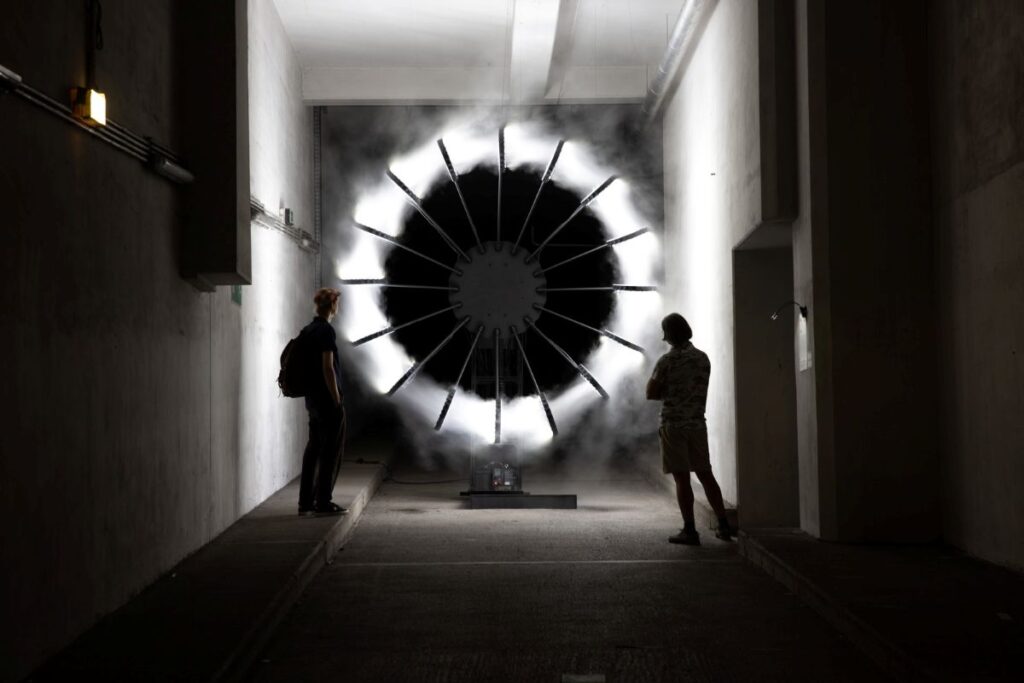
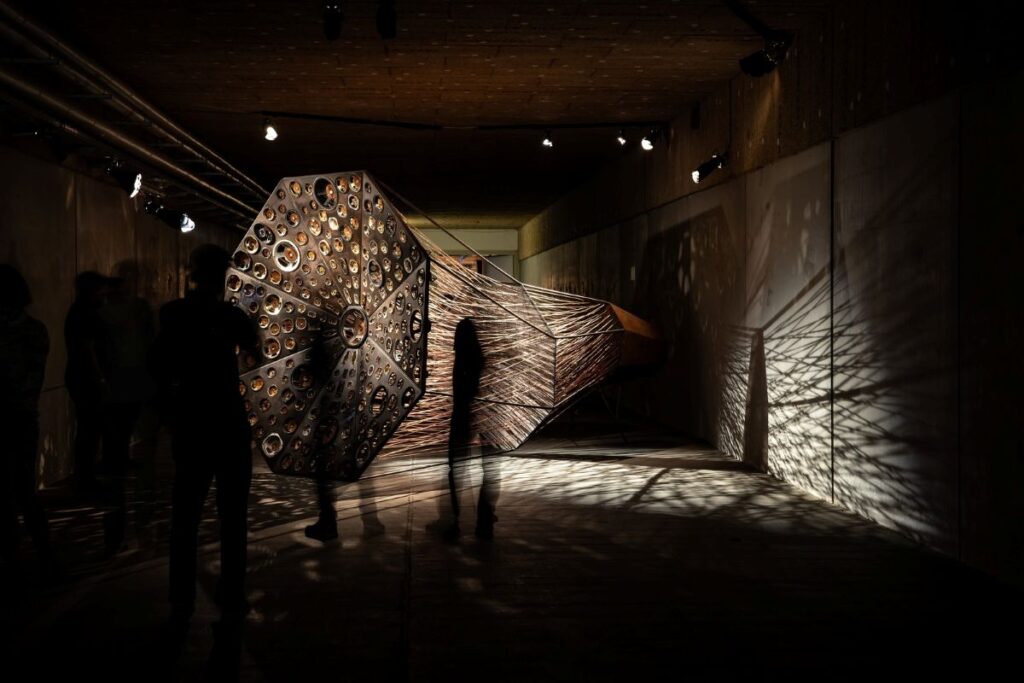
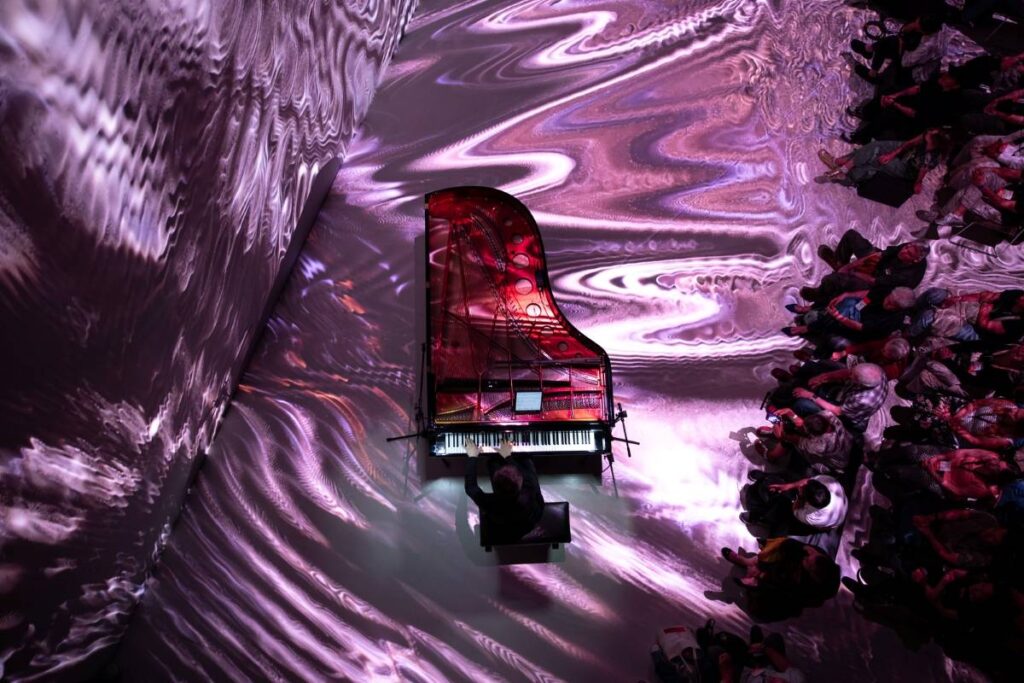
Pictures Copyright: ARS Electronica 2025, flap
EIT Health and the EDIT-B consortium transform bipolar disorder diagnosis with groundbreaking blood test
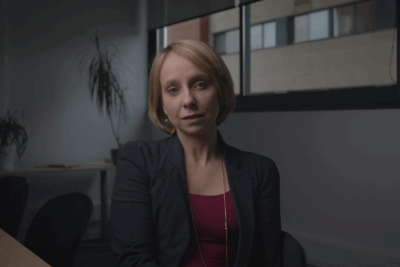
Discover this life-changing project today.
Three EIT Health innovators nominated for EIT Awards
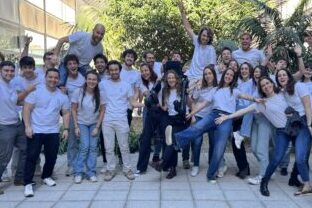
Meet our three EIT Award nominees.
Hospital Clínic study reinforces patient participation as key to digital health innovation
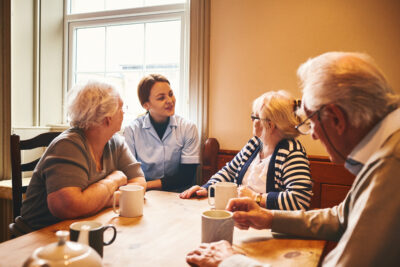
New work published in Journal of Medical Internet Research.